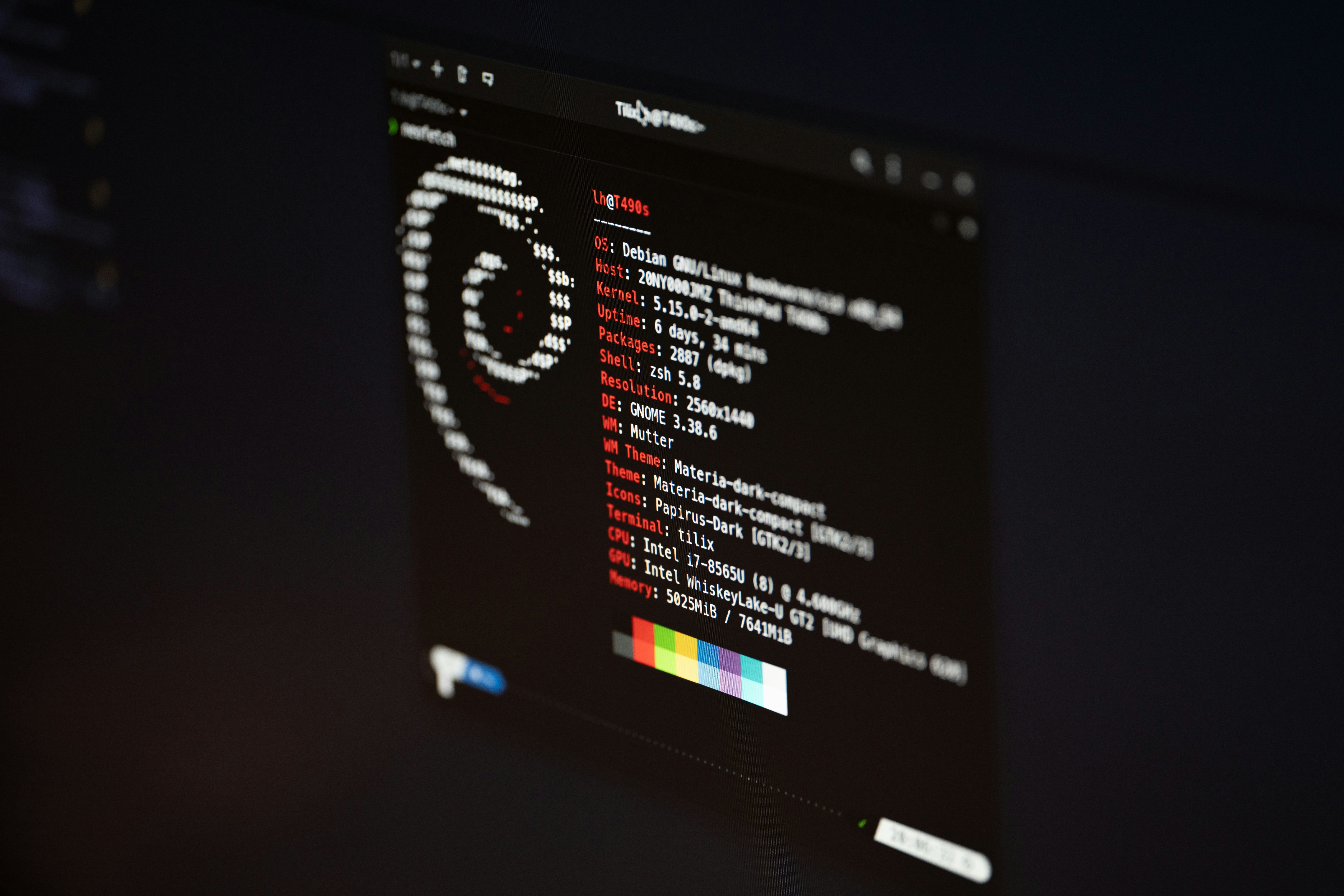These notes should work on given any GNU / Linux based operating system. Although, should you run into any road blocks future me. Im sorry for lying to you :(.
Service Monitoring
Services are a integral part of every operating system. How can I monitor and troubleshoot system services when things go wrong?
System Services
This command in a very cute way, will display all of the services installed on your server, and then display them accordingly with + or - signs to indicate weather or not it is running.
|
|
Using grep, you can highlight services that are running (+) or stopped (-) for easy identification.
|
|
Grep can also help you identify a specific service given you know the name like ssh
Running Process’s
PS displays information about a selection of the active processes. It is an alternative to TOP that only prints once. By default ps selects all processes with the same user id (EUID). It will show you the Process ID (PID) and the terminal associated with the process (TTY), the cumulated cpu time in [DD-]hh:mm:ss and the executable name (CMD).
The below command will display all processes initiated by the user.
|
|
If you want to see a specific users processes you can do the following
|
|
If you want to view every process on the system, you can do
|
|
Network Related Services
The below command will allow you to view all current connections and listening services on a system along with the processes and PIDs for each connection. It requires that you have the net-tools package installed.
|
|
Say I wanted to look at what process was running on port 22
|
|
The above command will return an output of any port that has 22 in it. For me currently, I have two services listening on port 22. One for IPv4 and IPv6
Example Output
|
|
Networking Shenanigans
Soy baboon, hay problemas de redes; ooh ooh ahh ahh.

First things first
Where am i on the subnet? The below tools will help you troubleshoot where your are on the subnet, what might be missing, and or misconfigured. To get a quick overview of all of your connected network cards, you can run the following command
|
|
It will print out the following information:
- State: Routable or Not
- Online Status
- Address (IPv4 and IPv6)
- Gateway Address including the associated port.
- DNS Servers
- Domains
- NTP Servers.
- Network Card Configurations.
If everything above looks good we can move on to looking more closely at our network cards.
Whats my ip?
The ip command allows you to show address information, manipulate routing, and display network devices, interfaces, and tunnels. It is a simple concept and hard tool to learn. There really five (5) modes to ip.
- Tunnel (Tunnel over IP)
- Route (Routing table entry)
- Rule (rule in routing policy database)
- VRF (Manage virtual routing and forwarding devices)
- XFRM (Manage IPSec policies)
To find the IP addresses assigned to your server, use
|
|
This will give you each interface, numbered from 1 to ♾️ including the status (UP or DOWN), IPv4 and IPv6 address, and subnet mask and broadcast address.
![[ip-address-show.png]]
To force a static IP address on a interface, you can do the following
|
|
Then you will want to reboot the network card.
|
|
Make sure for the above command you are physically connected to the server otherwise, you may lose connection if your actively using eth0.
If things are still looking good, we can move on too routes.
|
|
This will show all of routes advertised by our DHCP server as available as well as their weighted value identified by the metric lable. You should have a few things listed here. If not I would investigate that.
My connection is getting dropped, or reset somewhere along the wire.
MTR (Matts Trace-route) is a program that allows you to diagnose issues like these. To use MTR, you will want to do the following
|
|
My favorite flag to use with this is -b it shows the dns name as well as the IP side by side allowing for a quick analysis of the network having issues.
|
|
You can also send a predetermined amount of pings with the -c flag. Otherwise known as count it allows you to select how many packets to send.
|
|
The final command you will need to know about with mtr is -r or record. This allows you to output the information into a txt file for later usage.
|
|
Note that doing so will lock your terminal working on dumping that data so I would recommend a smaller count. If you really wanted to get something running and then do something else in the mean time, you could apply a ampersand (&) to the end of your command to have it run in the background. It will spit out a PID that you can search for later to see if its complete with
|
|
Monitoring network traffic
So, everything looks good, but data is still coming back corrupted? Lets look at the raw packets.
The below command allows us to capture all traffic that comes or goes from this interface within the following ip and subnet range.
|
|
We can also filter based on source (src) or destination (dst).
|
|
or
|
|
Finally we can also capture traffic only coming or going from a specific port.
|
|
Combining the port traffic with a specific host
|
|
